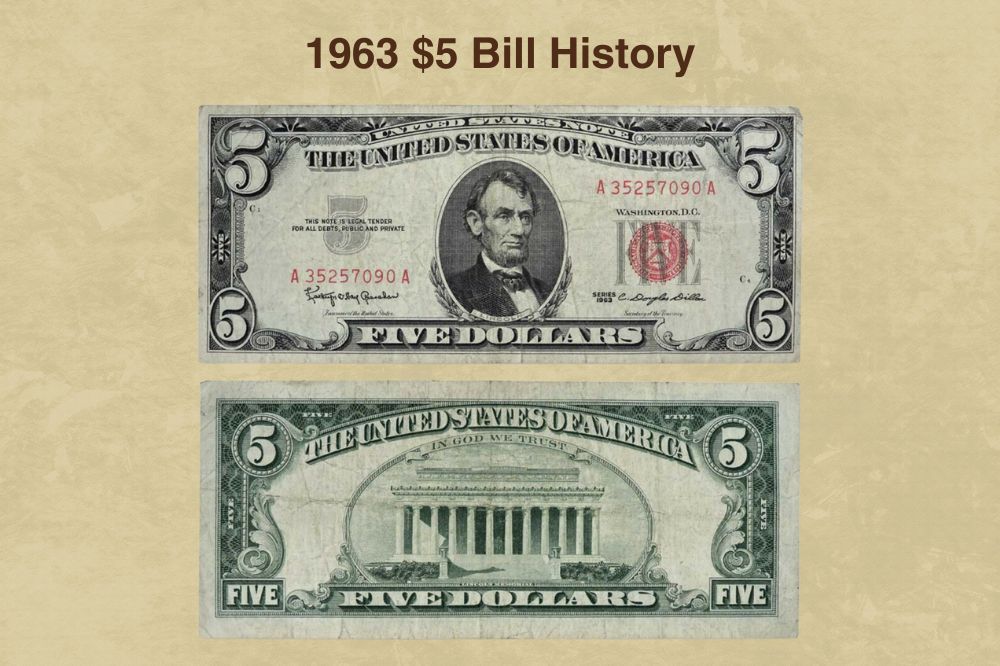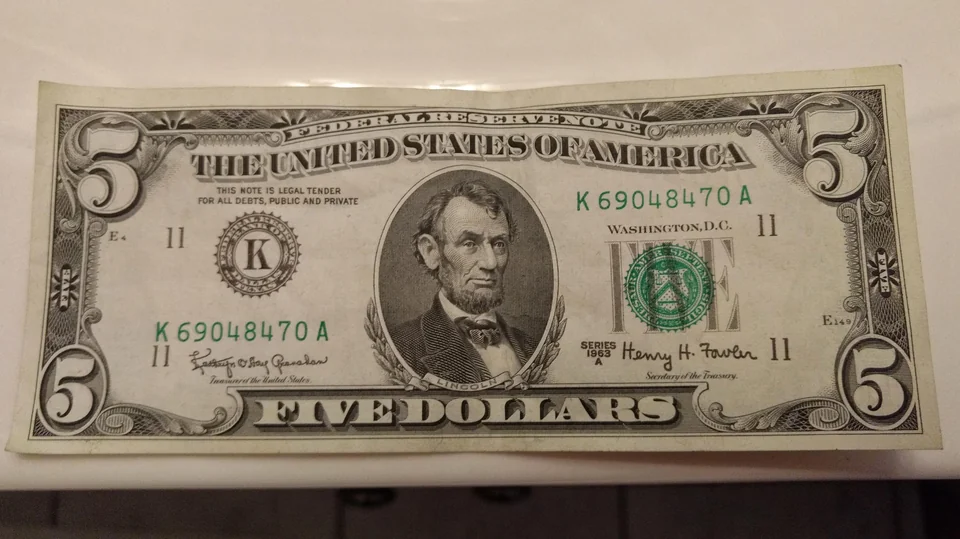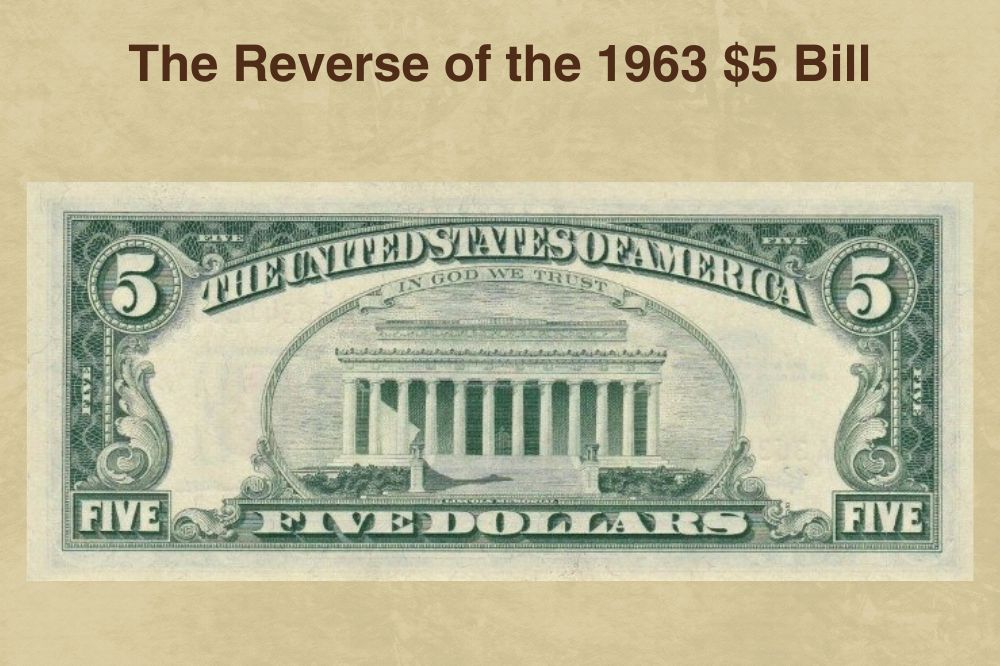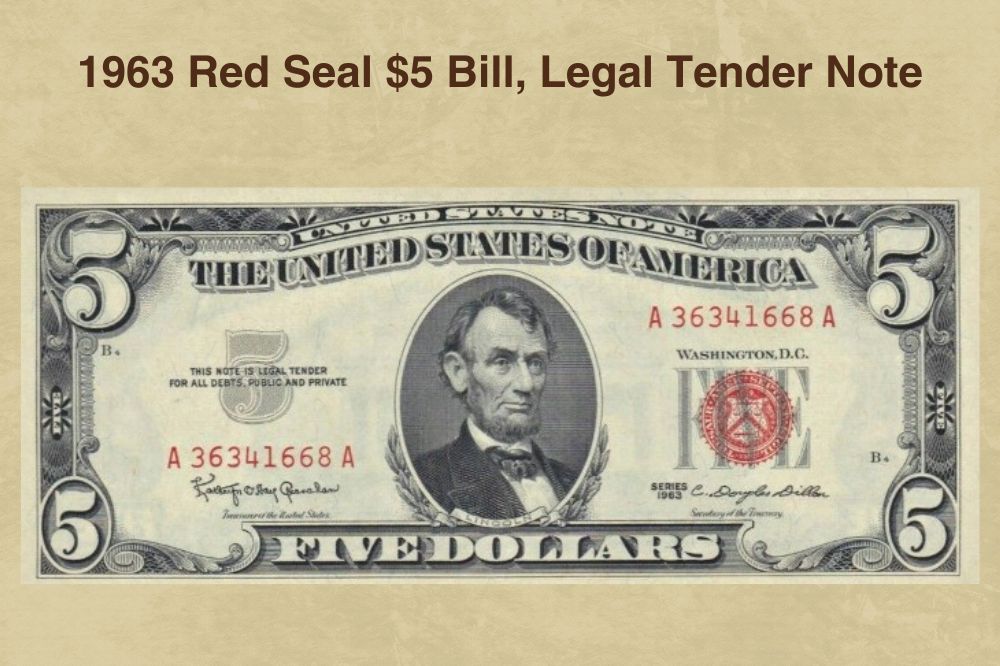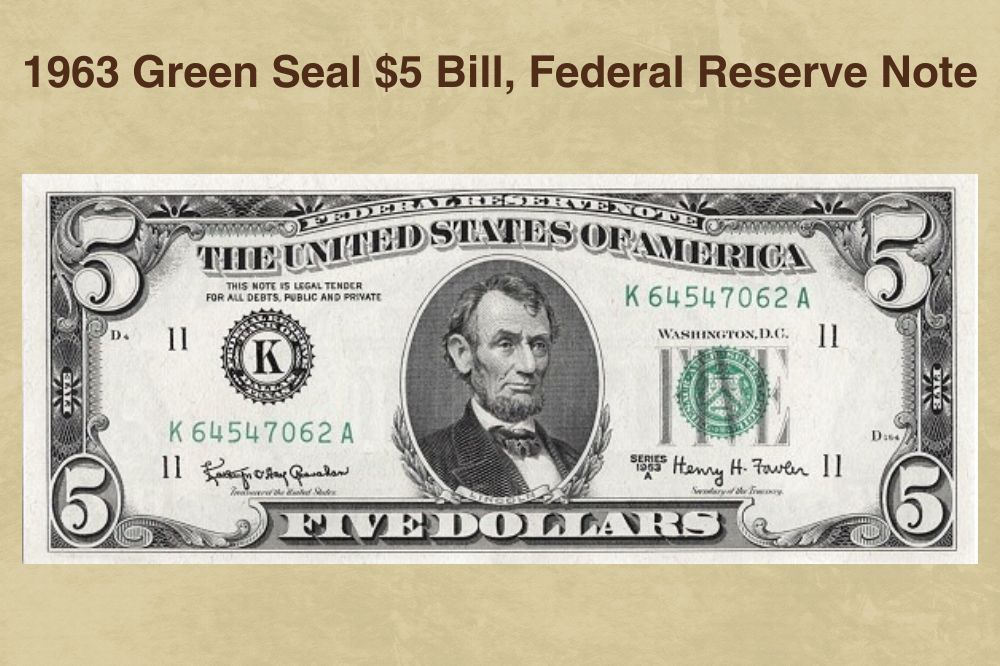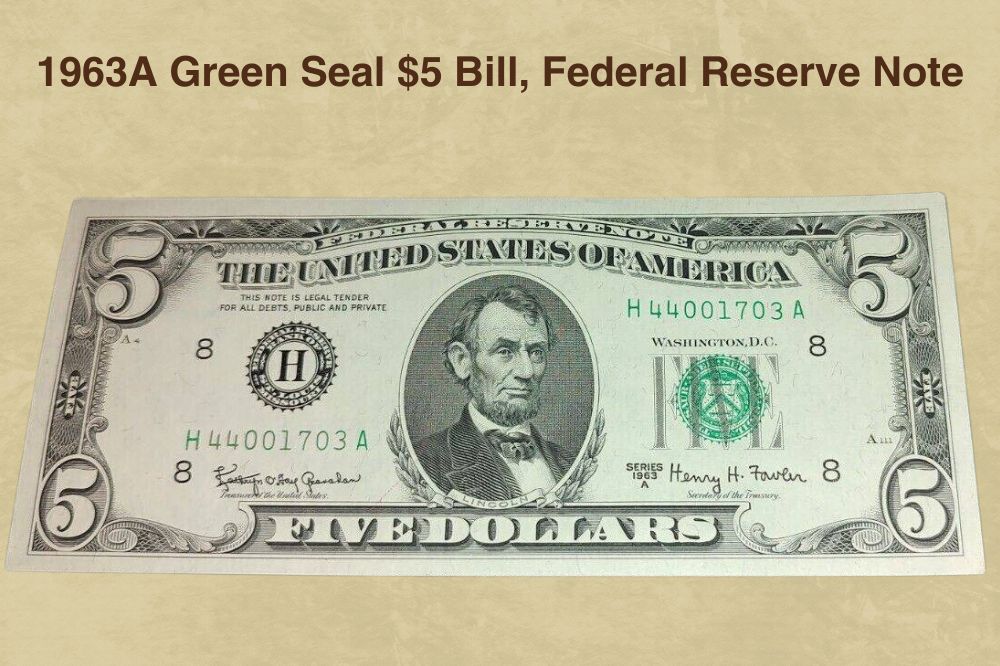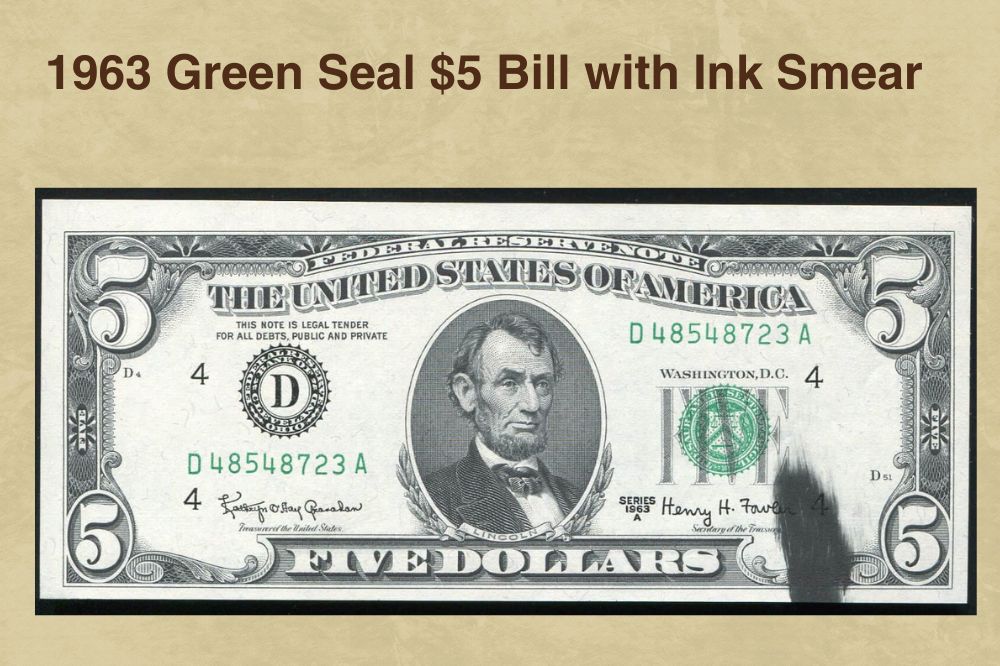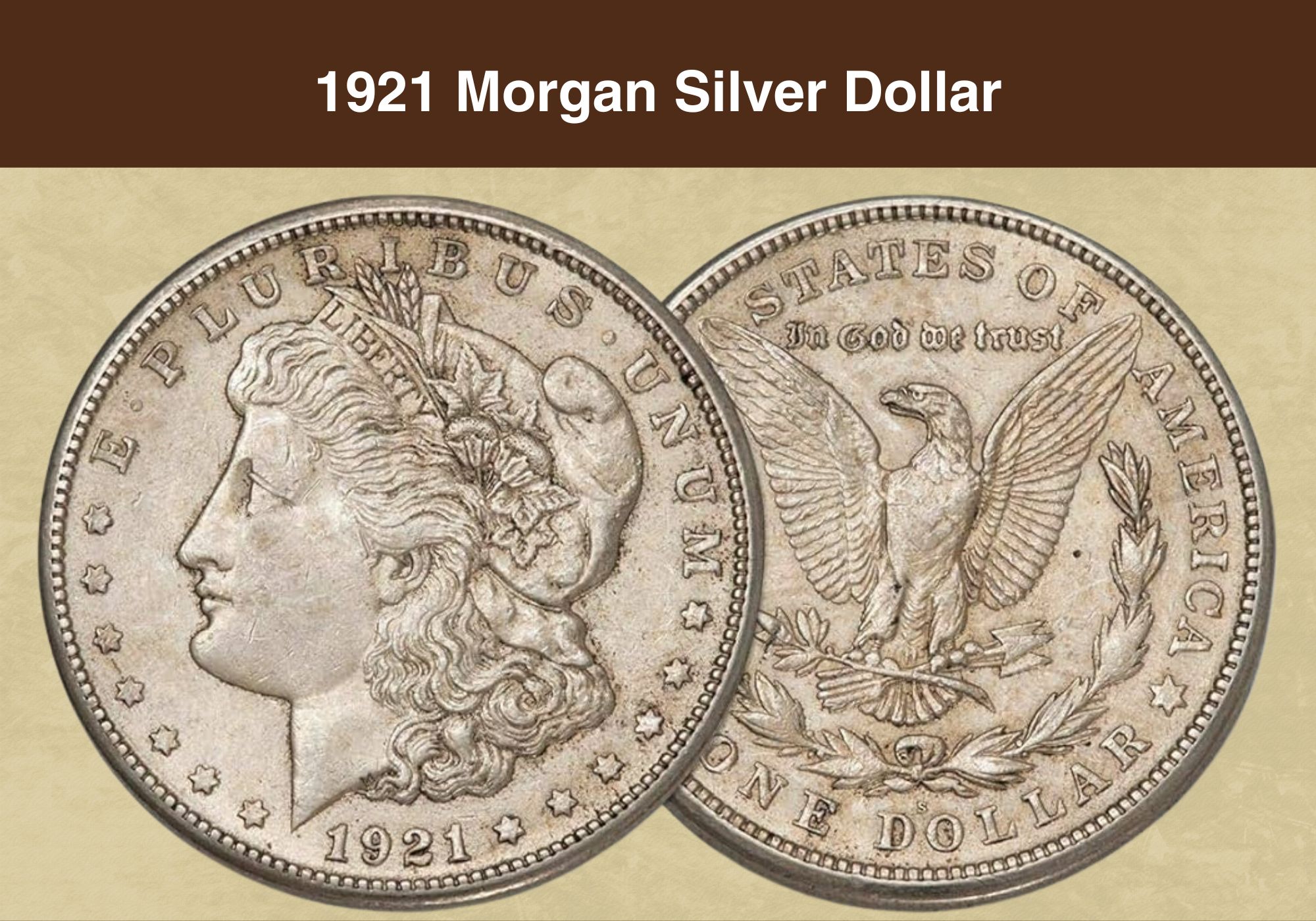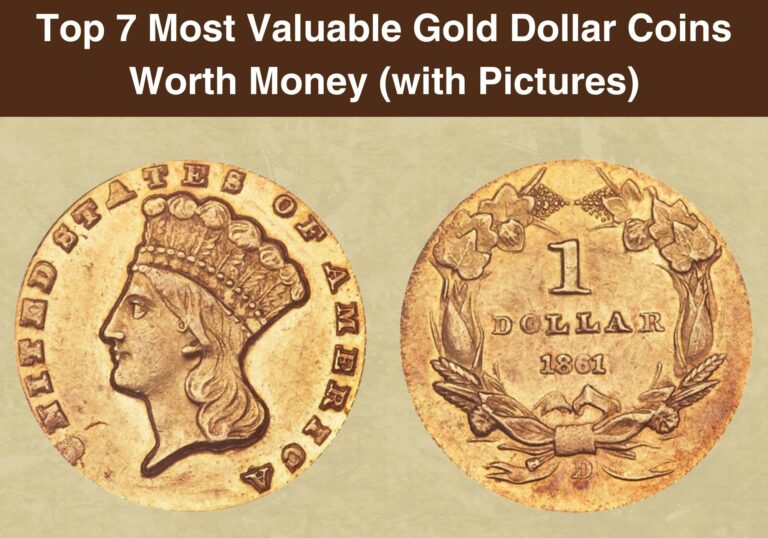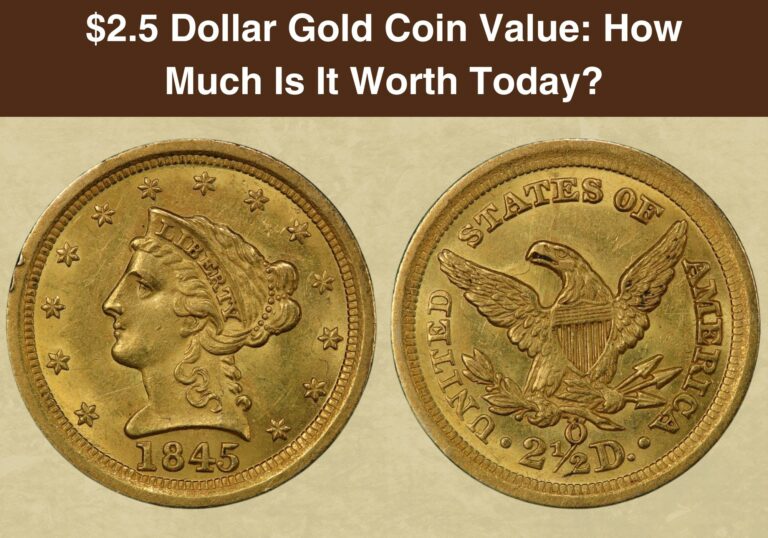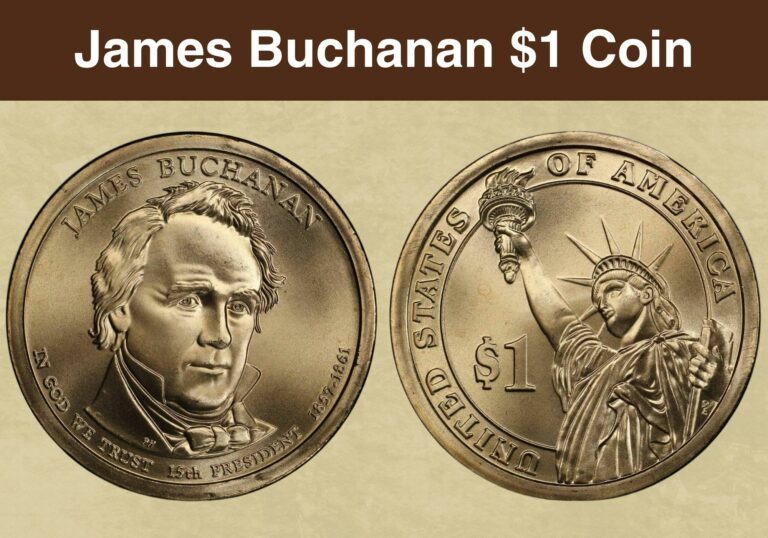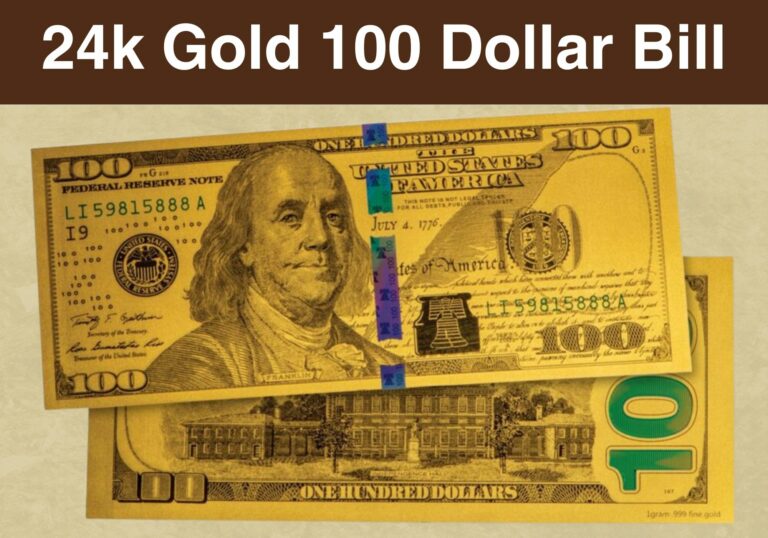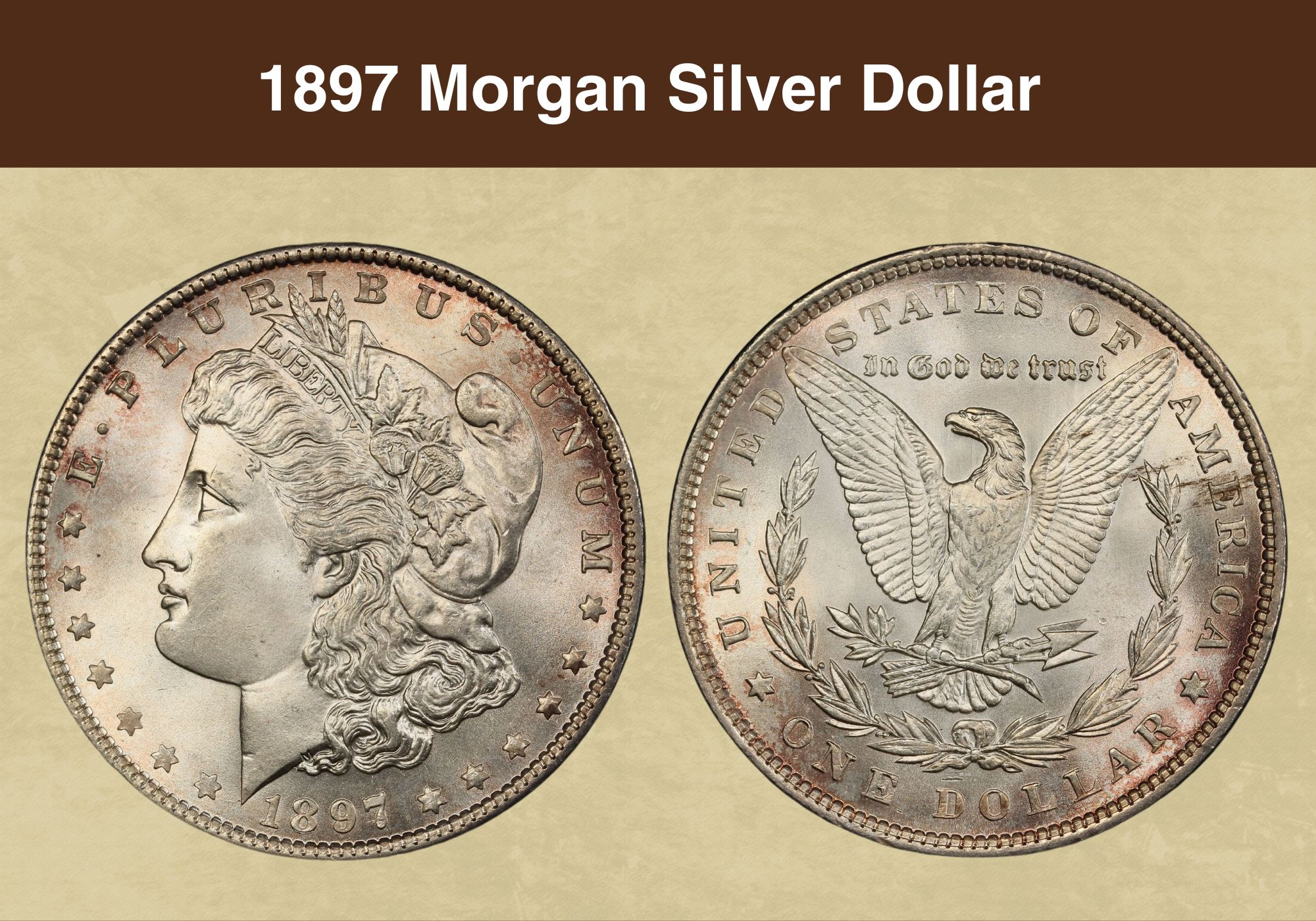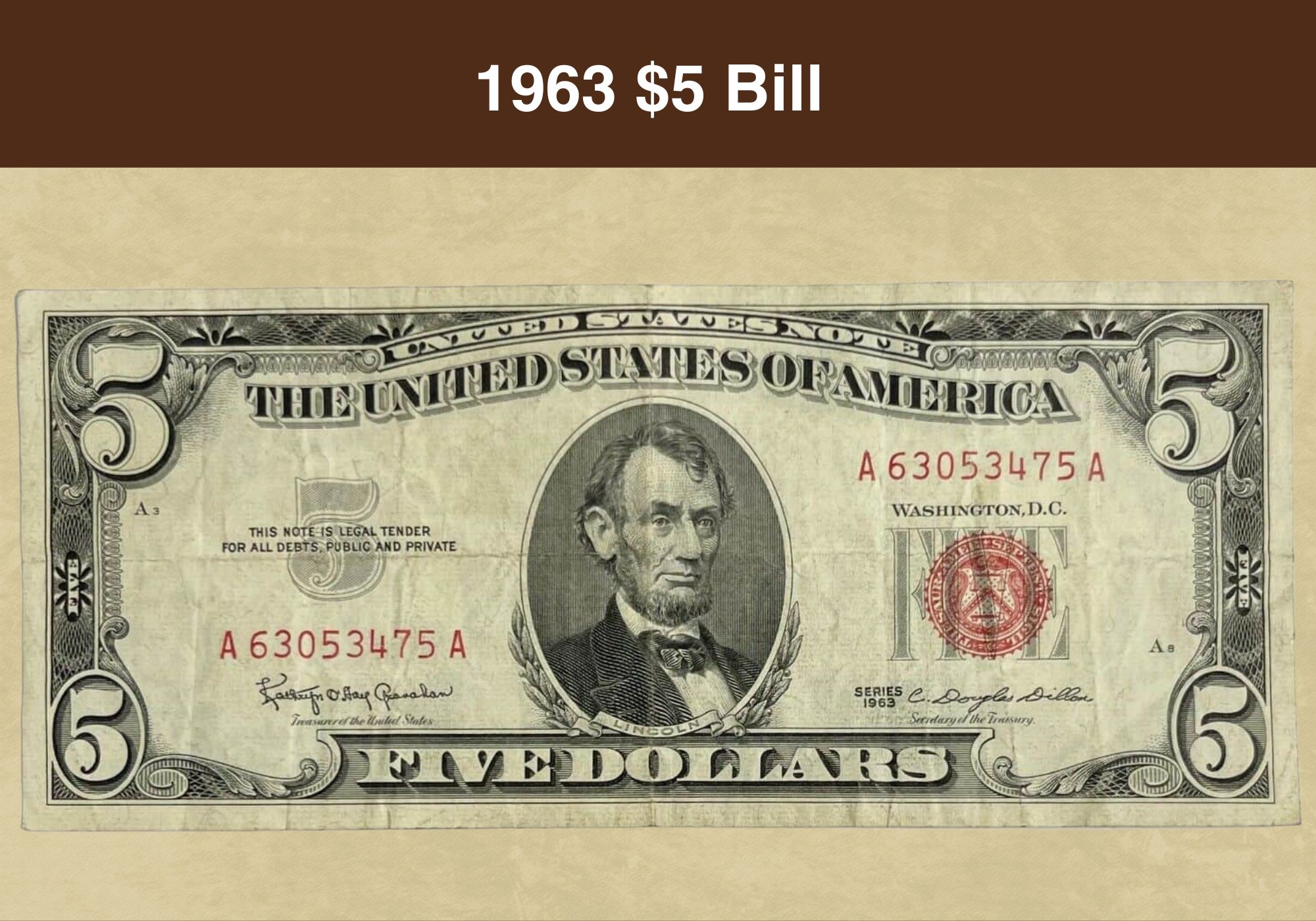
Coin Value Contents Table
Have you found a $5 bill from the Swinging Sixties? If so, you’re probably wondering how much it might be worth. And you’ve come to the right place to find out!
We’re going to take a look at the 1963 $5 bill value. We’ll find out what factors separate a standard bill from something that’s interesting to collectors. And we’ll learn about the history and design of the bill as we go.
So if you’re ready to find out how much your 1963 $5 bill is worth, read on!
1963 $5 Bill Value Chart |
||||
| Series | Circulated Non-Star, Very Fine to Extremely Fine | Uncirculated Non-Star, Gem CU 65 | Circulated Star, Fine to Extremely Fine | Uncirculated Star, Gem CU 65 |
| 1963 Red Seal $5 Bill Legal Tender Note Value | $8-$10 | $45 | $18-$22 | $100 |
| 1963 Green Seal $5 Bill Federal Reserve Note Value | $5-$6 | $18 | $25-$30 | $100 |
| 1963A Green Seal $5 Bill Federal Reserve Note Value | $5-$6 | $18 | $25-30 | $100 |
1963 $5 Bill History
The first paper money issued in the United States was to help the government meet its expenses during the Civil War. The earliest $5 bills were of a type known as “Demand Notes”, and they were dated 1861.
But more than 70 years on, many things had changed. And there are actually three different kinds of $5 bills carrying the date 1963.
The 1963 $5 bill with a red Treasury seal and serial numbers is a Legal Tender Note. Legal Tender Notes were a kind of fiat currency – in other words, they weren’t connected to a quantity of gold or silver.
The 1963 series was the last series of red seal $5 bills ever issued for circulation, earning it a place in US currency history. The bills were discontinued in 1966.
The other two types of $5 bills dated 1963 are Federal Reserve Notes. This type of banknote is printed centrally but then distributed to the Federal Reserve Banks – i.e. regional banks. All modern US banknotes are Federal Reserve Notes.
Two series of $5 Federal Reserve Notes are marked 1963 – the 1963 series, and the 1963A series. Both have a green Treasury seal and green serial numbers.
1963 saw a number of changes to all three types of $5 bills. The now-familiar motto “IN GOD WE TRUST” was added to the reverse. And on the obverse, the words “WILL PAY TO THE BEARER ON DEMAND” were deleted.
Other wording on the Federal Reserve Note was shortened too. The banks’ obligation now read simply “THIS NOTE IS LEGAL TENDER FOR ALL DEPTS PUBLIC AND PRIVATE”.
Features of the 1963 $25 Bill
The Obverse of the 1963 $5 Bill
The $5 bills issued in 1963 all have the same portrait in the center of the obverse. It shows the former US president, Abraham Lincoln.
All three types also have four “5”s on the obverse, one at each corner. The two on the top corners are larger than the two at the bottom.
The Treasury seal appears to the right of Lincoln’s portrait. One serial number is on the bottom left-hand side of the note, the second on the top right. The word “FIVE” is printed in large letters over the Treasury seal. And the series appears in small text just to the bottom left of it.
But there are a number of differences between the obverses of Legal Tender and Federal Reserve Notes.
Perhaps the most obvious is the color of the serial numbers and Treasury seal. These are red on the Legal Tender Notes and green on the Federal Reserve Notes.
The latter also have a letter surrounded by a circle to the left of Lincoln’s portrait. Look closely, and you’ll see that the circle is inscribed with the name of the relevant Federal Reserve Bank.
Ten banks issued the notes: Atlanta, St Louis, San Francisco, Boston, Cleveland, Chicago, Kansas City, Dallas, New York and Philadelphia.
The different series also have different pairs of signatures.
The 1963 Legal Tender and Federal Reserve Notes are signed by the US Treasurer, Kathryn Elizabeth Granahan, and the Secretary of the Treasury, Clarence Douglas Dillon.
The 1963A series of Federal Reserve Notes also have Granahan’s signature. But by the time they were issued, the role of Secretary of the Treasury was held by Henry Hammill Fowler.
The Reverse of the 1963 $5 Bill
The reverse of the 1963 $5 Legal Tender and Federal Reserve Notes have the same design. They show the Lincoln Memorial in Washington DC. A small banner below the engraving includes the name for the avoidance of any confusion.
If you look closely, it’s just possible to make out the shadowy outline of Lincoln’s statue in the center of the portico. That gives these bills the unusual distinction of having an image of the same person on both sides.
The digit “5” appears in the top two corners, while the bottom two instead have the word “FIVE”. The word “FIVE” also appears in smaller font four more times.
It makes two appearances inscribed horizontally near the top edge of the bill, on the left and right. And it appears twice more, rotated through ninety degrees on either side of the bill. On the left, it reads upwards, while on the right, it reads downwards.
The denomination, written as “FIVE DOLLARS” is inscribed in large font along the bottom.
The country name appears at the top of the bill. Below it, in smaller letters, is the motto “IN GOD WE TRUST”.
Other Features of the 1963 $5 Bill
All three types of 1963 $5 bill are what’s known as “small sized notes”. They measure 156 by 66 millimeters. That makes them smaller than the earliest US paper money, but the same size as modern banknotes.
They’re made of 75 per cent linen and 25 per cent cotton fibers.
This YouTube video from Variety & Errors shows both sides of a great quality 1963 red seal Legal Tender Note.
1963 $5 Bill Value Guides
1963 Red Seal $5 Bill, Legal Tender Note Value
If your $5 bill has the date 1963 and a red Treasury seal and serial numbers, it’s a Legal Tender Note. But while the red seal makes it look quite different from modern $5 bills, it’s not actually rare.
63 million of these notes were printed. And in circulated condition, most will only have a modest premium over their face value. You can expect to pick up a standard note in very fine or extremely fine condition for around $8 to $10.
Star notes are a little more valuable. These have a star alongside their serial number to indicate that they were produced to replace damaged notes. But over 4 million star 1963 red seal $5 bills were printed – so those aren’t particularly rare either.
An example in very fine condition will be worth around $18. In extremely fine condition, that rises to the low twenties.
Uncirculated notes are more valuable. And those in the very finest condition can be worth a lot of money. But to know the value of your $5 bill, you’ll need to have a good idea of its precise grading.
Currency agencies grade banknotes using a scale from 1 to 70. Uncirculated notes are graded 60 or higher. And some have extra designations – like “EPQ”, which stands for “exceptional paper quality”.
If you have a non-star 1963 red seal $5 bill graded 65, it will be worth around $45. If it’s a star note at the same grade, that value rises to around $100.
And the very finest examples can be worth much more. In 2022, a 1963 star red seal $5 bill graded a near-perfect 69 EPQ was presented at auction. It sold for an impressive $1,920.
One final factor that can influence value is the serial number of the bill. Some collectors specialize in interesting serial numbers, such as those with sequential or repeating digits. Very low serial numbers can also attract a premium.
1963 Green Seal $5 Bill, Federal Reserve Note Value
If your 1963 $5 bill has a green seal, it’s a Federal Reserve Note. Look to the right of Lincoln’s portrait for the series number. If it reads just 1963, with no letter at the end, it’s a 1963 series Federal Reserve Note.
In circulated condition, a non-star bill will be worth only its face value. If it has an interesting error or a fancy serial number, however, it could be worth more. And collectors are also interested in bundles of notes with consecutive serial numbers.
Star notes are less common, so are more valuable. In very fine or extremely fine condition, they’re worth around $30. And the very best quality examples are more valuable – a note graded 65 will be worth around $100.
1963A Green Seal $5 Bill, Federal Reserve Note Value
Values for a 1963A series green seal $5 bill are pretty much the same as for the 1963 series. They remain in plentiful supply, so notes in circulated condition will generally be worth only their face value.
As ever, the exceptions are examples which have an error, or those with a low or interesting serial number. And just as with the 1963 series, collectors will pay a premium for bundles of notes with consecutive serial numbers.
Star notes in the best circulated condition can be worth up to around $30. An example graded 65 will be worth around the $100 mark. And if you find a star note with an error or fancy serial number, those values will be higher.
1963 $5 Bill Errors
1963 Red Seal $5 Bill Legal Tender Note with Gutter Fold
Paper currency is very different to coins in one key respect – it can be folded. And when a note develops a fold before printing, the ink can’t get inside that fold. That results in a blank area when the bill is flattened out.
That’s what happened to one 1963 red seal $5 bill. A thin blank line known as a “gutter” appeared, running from the top edge of the note into the dark area around Lincoln’s portrait.
This type of error is relatively rare in this series of $5 bills. This particular note was graded very fine and was presented at auction in 2005. It sold then for $51, but would probably fetch more today.
1963 Green Seal $5 Bill with Ink Smear
Ink smear errors are just what they sound like: the ink on the bill smears across the surface. Errors can be minor or very dramatic. But they’re also relatively easy to fake, so look for a note that’s been independently authenticated before spending big money.
If the error was picked up by the Bureau of Engraving and Printing, the bill should have a red mark on one side. That’s a rejection mark, indicating the bill didn’t meet the required standards.
At the time of writing, one 1963 green seal $5 bill with an ink smear was being offered for sale on eBay. The seller described its condition as “gem uncirculated”, but the bill hadn’t been independently certified. And it didn’t have a red rejection mark either.
The seller was asking $100 for it. But think hard before taking a risk on an uncertified error of this kind.
FAQs
Is a $5 bill from 1963 worth anything?
That depends on its condition, whether it’s a star note, and whether it has an interesting error or fancy serial number.
In circulated condition, most 1963 $5 bills will only be worth their face value. If there’s a star next to the serial number, it’s a replacement note, and will be worth more. How much more will depend on its condition.
The very finest star notes can make as much as $2,000. But to reach that price, they must be in pristine condition, with crisp paper, and no folds or tears.
A very low serial number can be worth more to collectors. And serial numbers with sequential or repeating digits attract higher prices too.
What is a $5 bill with a red serial number?
These kinds of $5 bills are known as Legal Tender Notes. The $5 bills with green serial numbers are Federal Reserve Notes.
The red seal bills are interesting because they look different to modern $5 bills. But unless it’s a star note, in very good condition, or has an interesting serial number or error, it’s not likely to be valuable.

